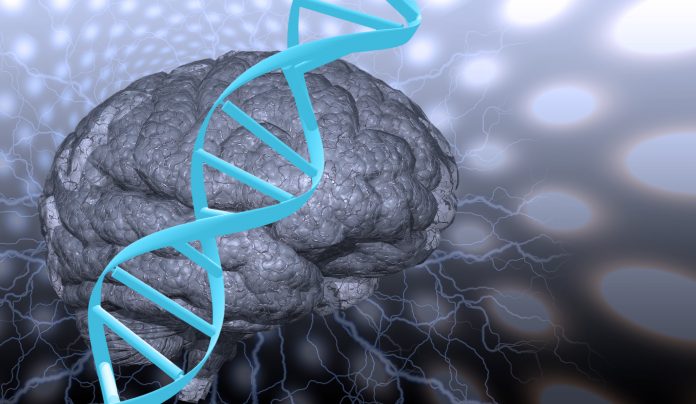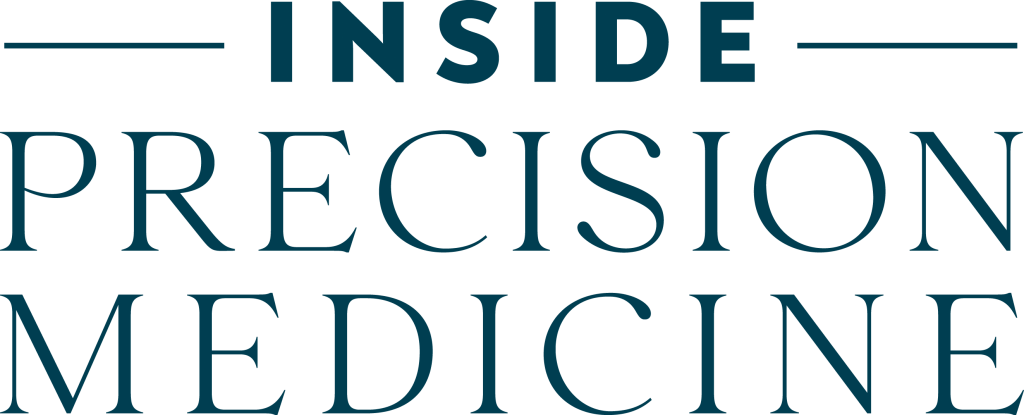
Scientists at the Allen Institute are leading a new global collaboration to map the approximately 200 billion cells in the human brain by their type and function.
The collaboration is funded by the National Institutes of Health’s Brain Research Through Advancing Innovative Neurotechnologies (BRAIN) Initiative as part of The BRAIN Initiative Cell Atlas Network, or BICAN. It will also build detailed atlases of macaque and marmoset brains.
The project is led by Ed Lein, PhD, senior investigator at the Allen Institute for Brain Science, a division of the Allen Institute, and Hongkui Zeng, PhD, executive vice president and director of the Allen Institute for Brain Science. The human and primate atlas grant project also includes sub-projects led by researchers from 17 other institutions in the U.S., Europe, and Japan.
“We are aiming to create something transformative for the field that can only be done collaboratively, by bringing in an all-star cast of experts from a variety of disciplines,” Lein said.
He adds, “This is critical work: We need to understand the human brain better if we hope to treat diseases of the brain, and specifically we need a better understanding of brain function and structure. The cell atlases we’re building with the support of the BRAIN Initiative promise to lead to a more rapid understanding of the basis of many brain diseases.”
“We’re honored to be recognized through these grants and are thrilled to partner with leading researchers around the world to build the first comprehensive map of the human brain,” said Rui Costa, DVM, PhD, president and CEO of the Allen Institute. “This atlas will open new doors in neuroscience and, ultimately, in medicine as well.”
Four additional BICAN grants to the Allen Institute will support coordination and administration of the network. They include construction of a web-based knowledge platform using BICAN findings to accelerate scientific discovery, mapping the developing mouse brain, and tying mouse brain cells and function. Like all Allen Institute resources, the findings, techniques and data from these projects will be made publicly available.
These projects build off earlier NIH BRAIN Initiative-funded projects at the Allen Institute and elsewhere to map the cells of the entire mouse brain and parts of the human brain using the full suite of genes switched on in individual cells through single-cell transcriptomics. Recently, neuroscientists at the Allen Institute for Brain Science and their collaborators released their first research data set on Alzheimer’s disease, in which they categorized cell types based on gene activity.
The publicly available dataset captures large-scale cellular and molecular information gleaned from more than 1.2 million neurons and other brain cells from 84 people who donated their brains to science after their deaths.
Understanding the cell types in commonly studied mammals like mice is key to improving translational research to ultimately benefit people suffering from brain diseases and disorders, said Zeng, who is also co-leading a BICAN project headquartered at Harvard University to map cell types throughout the development of the mouse brain.
“We need to better understand the similarities and differences between the human brain and those of other primates and rodents, which often serve as the subjects for research,” Zeng said. “Comparing cell types is one of the most robust and accurate ways of comparing the brains of different species, and we are doing this at a refined level and at the most comprehensive scale we can achieve. Better relating animal studies and animal models with the structure and function of the human brain itself—that’s one of the major goals we want to achieve.”
Together, the five awards total over $173 million in funding to support these projects, including portions of the projects carried out at collaborating institutions, over the next five years.
“With the announcement of the BICAN awards, we are making an exciting transition in the overall BRAIN Initiative cell census program, which began in 2014,” said John Ngai, director of the NIH BRAIN Initiative.















